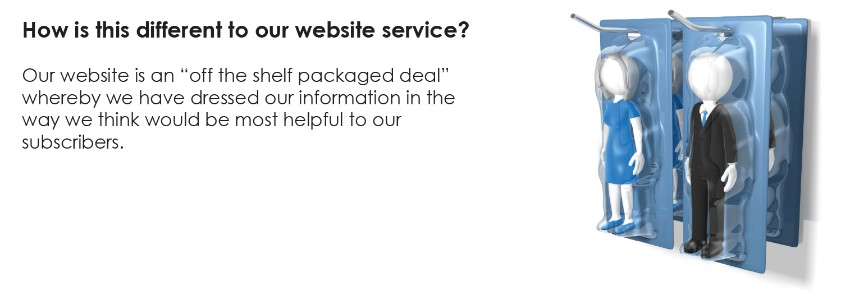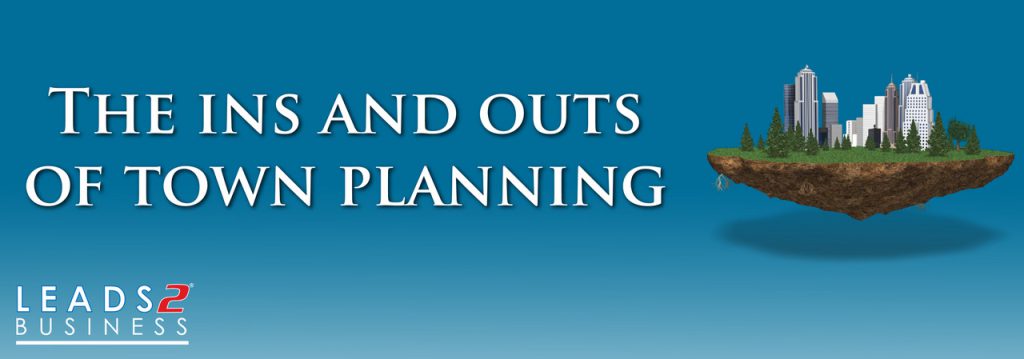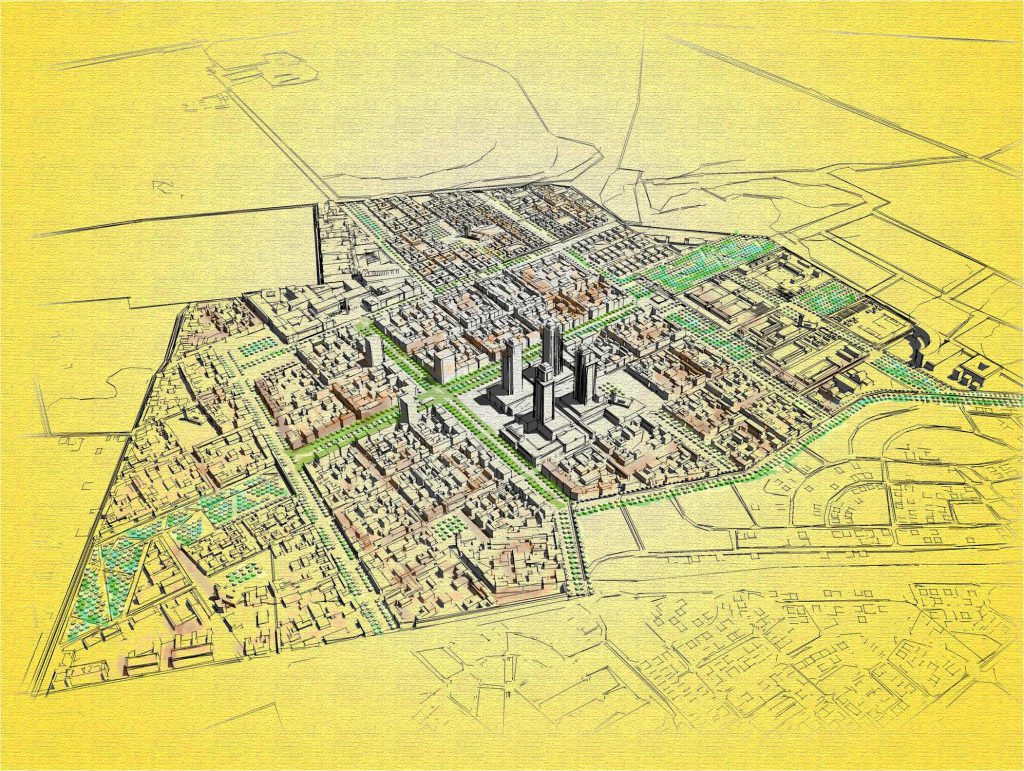CPD Points and how it works

In order to understand what CPD is and what CPD is meant to achieve, we should ask ourselves the important question: “when does day to day learning and development for qualified professionals come to an end?”
CPD stands for Continuous Professional Development and as the name implies, it means that a professional’s development and learning is continuous (never-ending). The modern-day view holds that CPD is of such fundamental value to our society that it has now been embedded into law.
The law states that each registered professional, in each profession, invest part of their time every year towards developing themselves as professionals – failure to earn the required amount of CPD points per an annum, and the professional may stand to lose their license to practice! The strict adherence to CPD that the law requires is designed to ensure that all industry professionals remain on the cutting edge of the latest technological developments, information and trends, and take their development and learning very seriously.
Consider this – Would you feel comfortable to pay for a consultation with a medical doctor who has not invested in their own professional development and is not abreast of the latest information, new medications or treatments within the medical industry?
This same example cuts across all professions. It is just as important for all professionals to provide their clients with the best professional services and advice as it is for the medical doctor to provide you with the best healthcare advice.
Clients, using professionals in all spheres of commerce should feel safe in the knowledge that professional service providers such as doctors, lawyers, quantity surveyors, etc are continuously learning and evolving in lockstep with their profession.
In order to ensure that all professionals comply with the mandatory CPD regulations, the Act provides for the establishment of a Professional Council overseeing each profession. Part of the Councils duties involves performing a regulatory role that ensures that each practising professional submits evidence of their CPD. All professional Councils are empowered to police their own profession and ensure compliance with (all aspects of) the Act – this obviously includes compliance with the CPD obligations that each professional is required to achieve on an annual basis.
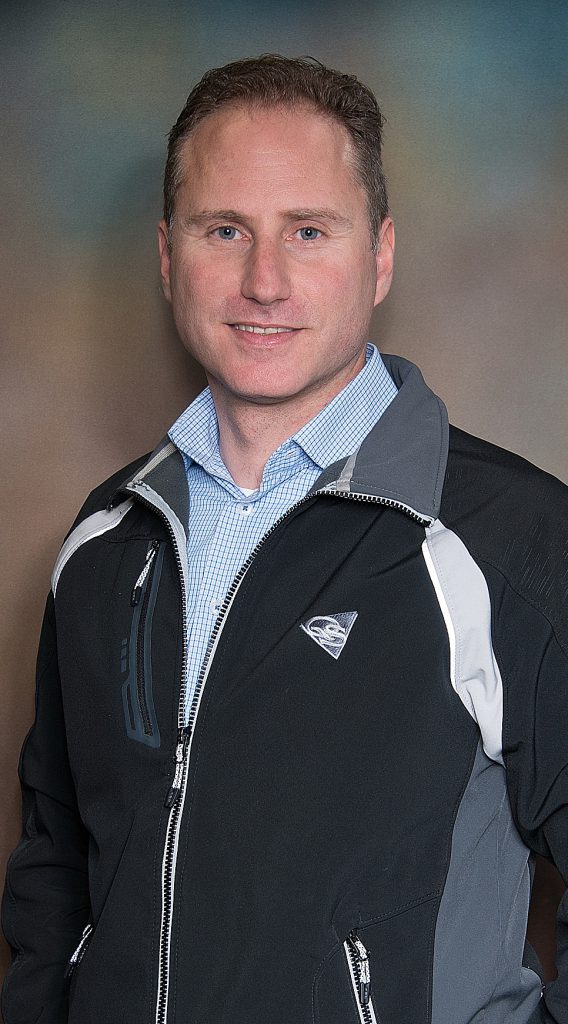
For more information on ASAQS please visit:
Website: http://www.asaqs.co.za/
Facebook: The Association of South African Quantity Surveyors
If you are interested in becoming one of our subscribers, please visit our website.
To view notes with screenshots on how to use our website, please visit our Wiki site.
To view more articles, please visit our blog.
About
Larry Feinberg’s strong executive and project management experience and track record in successfully managing large and complex professional member-based organisations led him to become the Executive Directors of the Association of South African Quantity Surveyors in 2011. He is currently responsible for the development and tactical implementation of the ASAQS board strategy and policies, as well as being ultimately accountable for the oversight and smooth operational management of the entire organisation. Larry’s experience includes collaborating with local government, interfacing with industry stakeholders, providing educational opportunities, and developing professional industry specification documentation and products aimed at delivering value for ASAQS members.



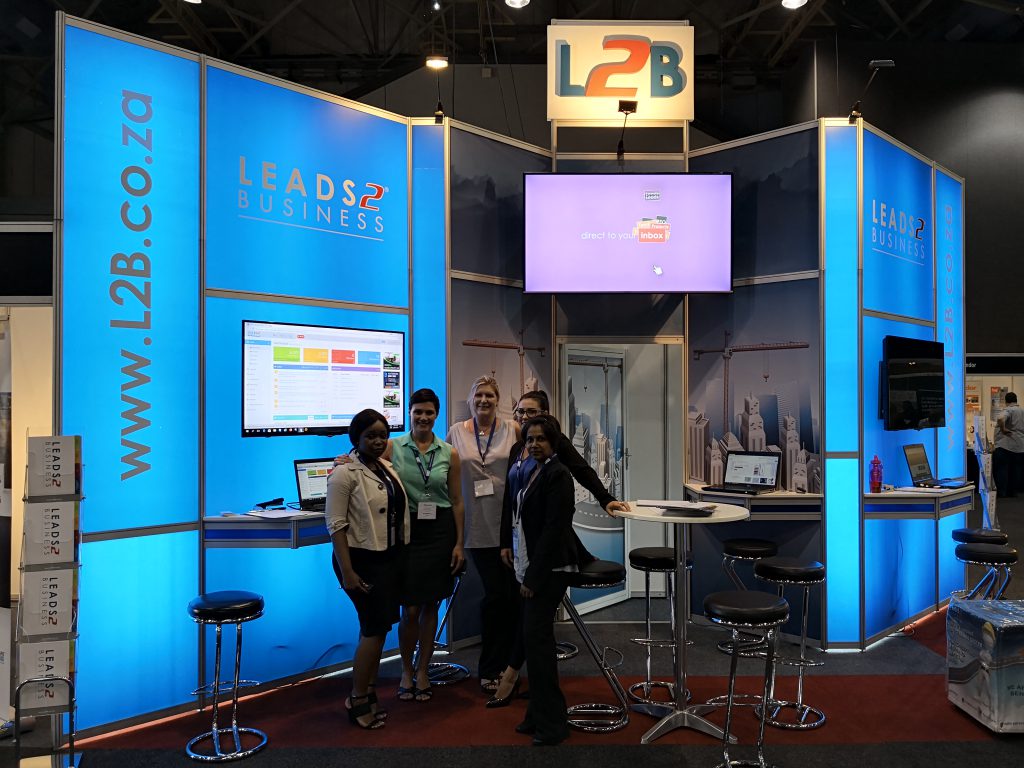
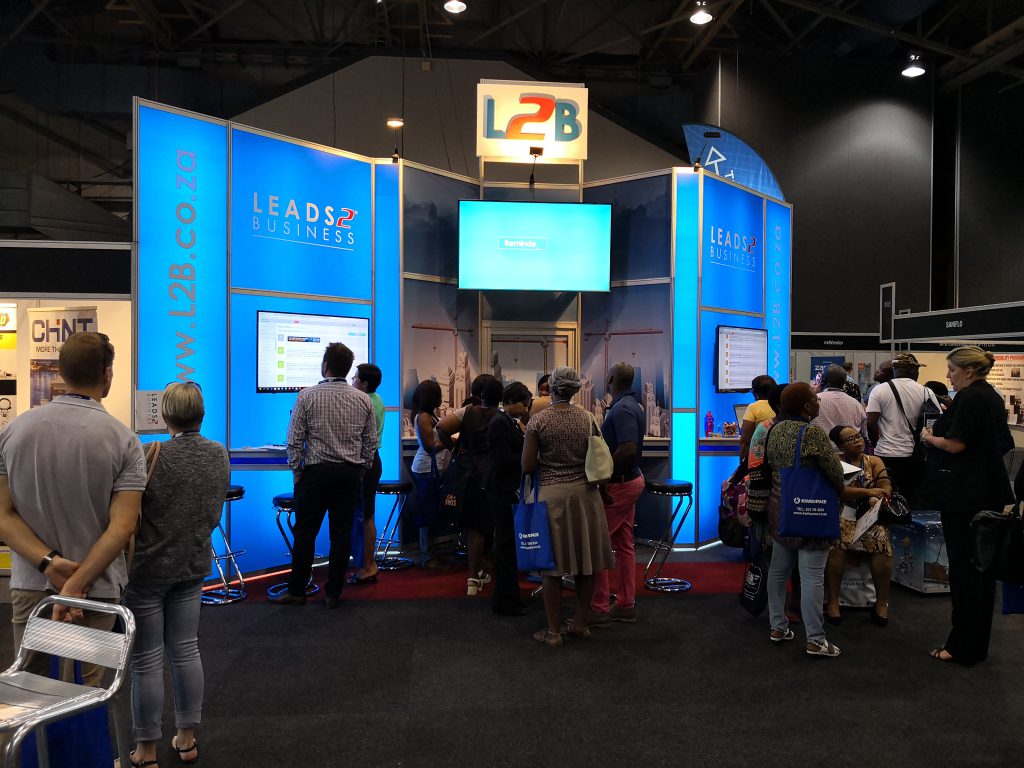

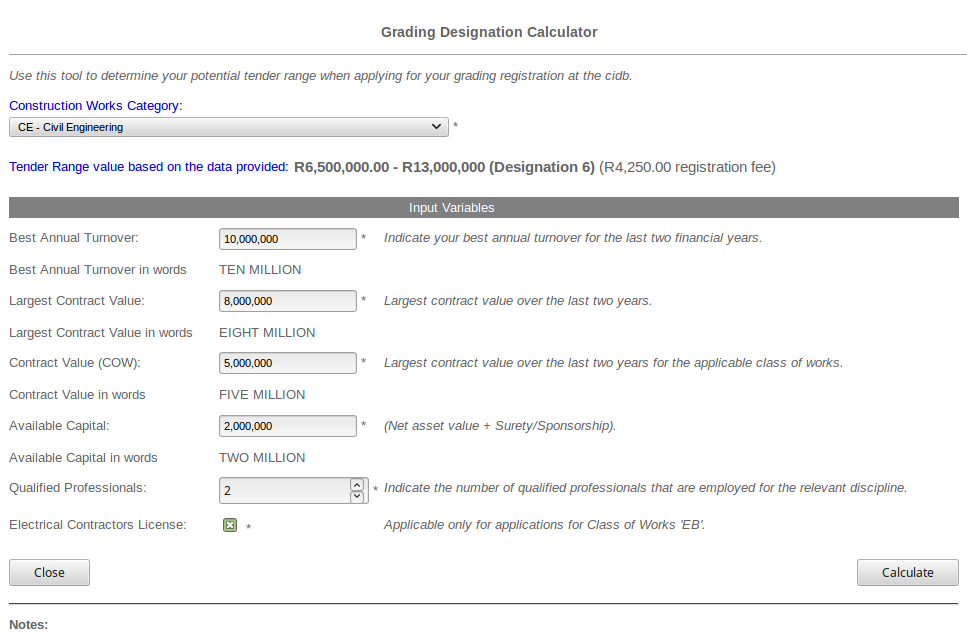
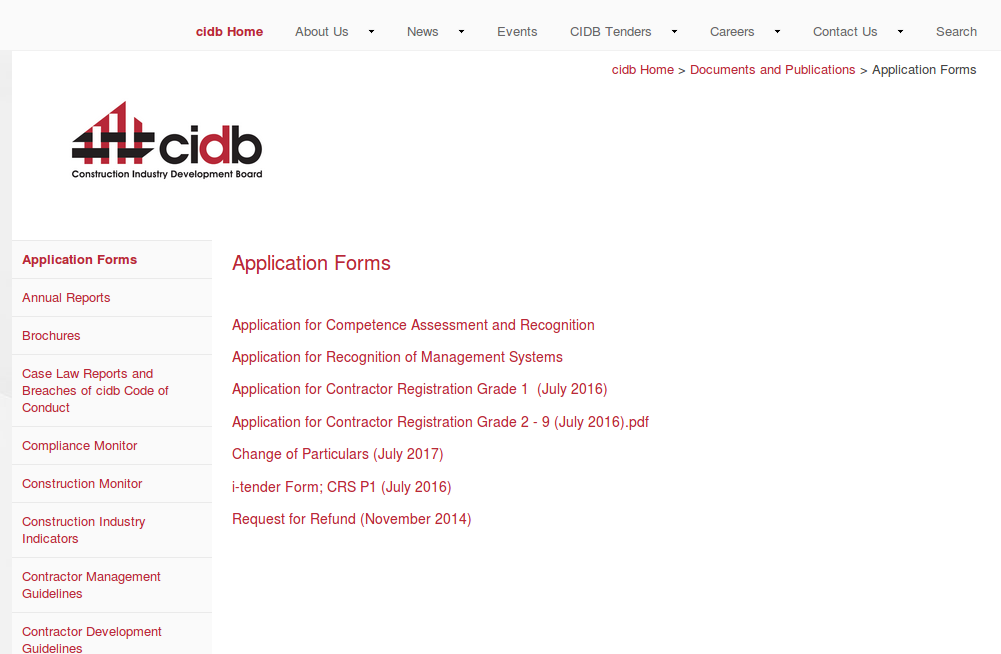
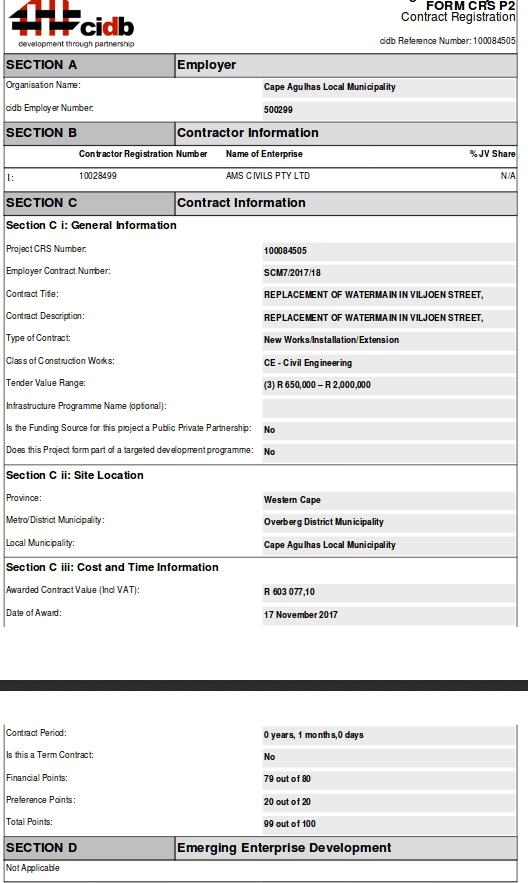

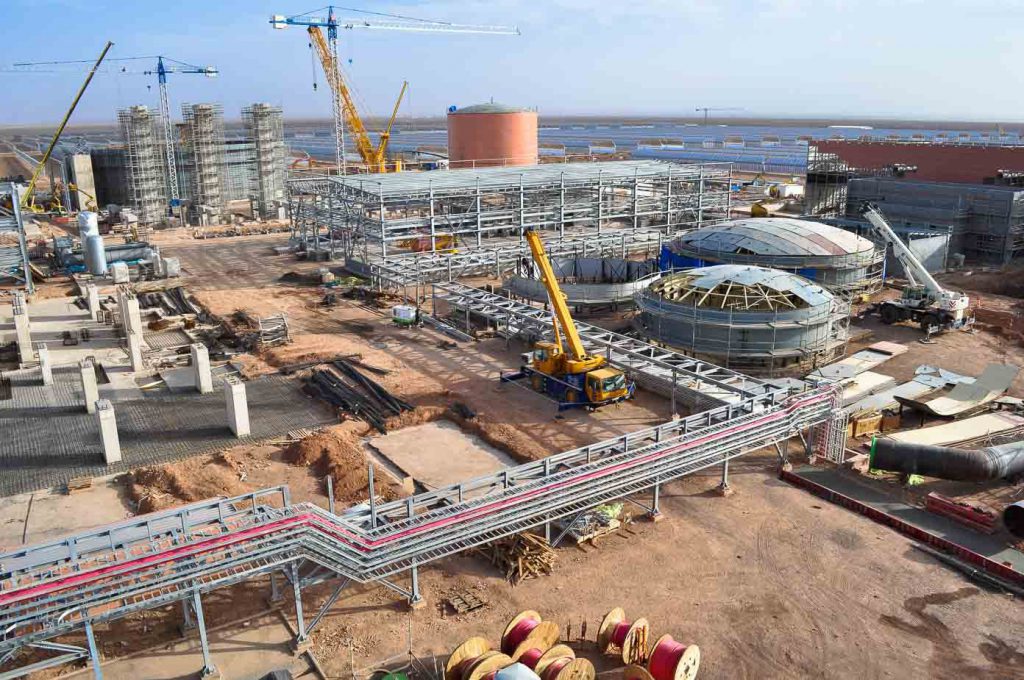


 Consider your mobile phone, each of us have the ability to make a phone call request irrespective of the kind of phone we own. When we make a call request we get a response from our service provider that connects us to our friend. Your phone model doesn’t really matter. The phone we use is related to what we need the device to do in correlation to our tasks.
Consider your mobile phone, each of us have the ability to make a phone call request irrespective of the kind of phone we own. When we make a call request we get a response from our service provider that connects us to our friend. Your phone model doesn’t really matter. The phone we use is related to what we need the device to do in correlation to our tasks.


